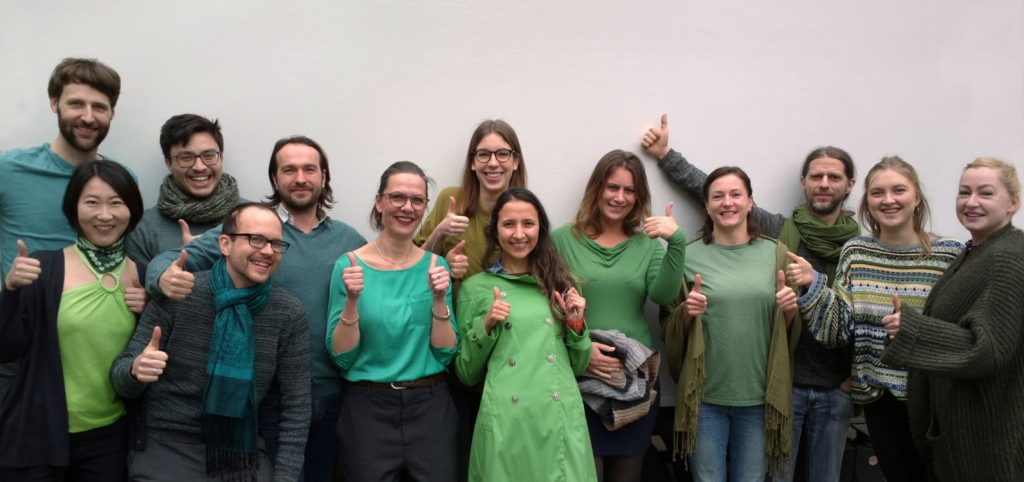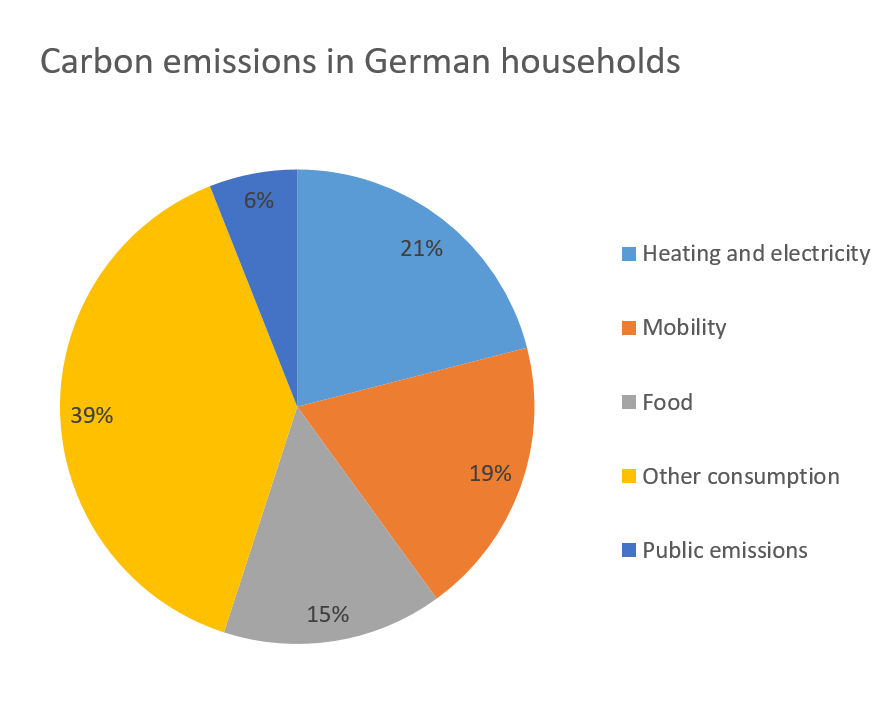This Friday, students will take to the streets again, in cities of Germany and other parts of the world, to demand more action from their leaders against climate change. Like many citizens in Germany, atmosfair supports these protests, which is why we all chose to wear green today. However, like many others who see these protests as positive political action, we will not join the protesters on the streets. Instead, we decided to pursue what we believe is the most efficient way for us to protect the climate: investing our time and energy into carbon-saving projects. Same end, different means.

What can I do? Fresh ideas every Friday
We strongly believe that everyone can make a difference. Taking to the streets is only one way to act for climate change mitigation. There are a multitude of little actions that you can take every day to help conserve the climate; and to help you, we will publish a new ‘lifehack’ on our social media channels every Friday.
To begin with, it is important to identify the most significant sources of carbon emissions. For a sustainable future, carbon emissions should average no more than 2.3t per person per year. According to the carbon calculator of the German Environment Agency (UBA, only in German), German citizens, on average, emit 11.6t of carbon per year. Heating and electricity account for 21% of overall emissions, mobility 19%, food 15%, and 39% for other types of consumption. The remaining 6% are public emissions. Depending on personal lifestyles, the emissions of different individuals can vary greatly. To identify potential reductions of carbon emissions in your own day-to-day life, we encourage you to calculate your carbon footprint.

Part I: Heating and Electricity
Turn up the heating, take a hot shower, switch on the lights and TV… and there goes the energy, and there comes the carbon emissions. How much exactly depends on the household: an energy inefficient 70m2 flat emits up to 2.6t more carbon per year through heating alone, as shown by the German ‘Heizspiegel’, a guide to reduce heating for households commissioned by the German government, available on co2online. Electricity consumption adds an additional half-ton. Avoiding these unnecessary emissions is therefore good for the climate, and your wallet!
Regardless of how much electricity you consume, green electricity is always the more reasonable solution – as long as it is actually green! Providers have to gain their electricity from fully renewable sources and invest in environmentally friendly infrastructures – the only way for them to effectively support the energy transition. Robin Wood has published a list of reliable and recommendable green electricity providers in Germany.
But even green electricity should be used responsibly, as precious resources are needed for the construction of the energy plants and the distribution network. There are many possibilities to reduce your consumption of electricity. One possibility, according to co2online is to choose the highest efficiency class and the most appropriate size when buying a new electronic appliance. Especially continuously running appliances such as fridges or freezers can make a big difference. Also, laptops tend to consume less than PCs. Even small behavioral changes can translate into remarkable savings. For example: only filling the kettle with the necessary amount, using the lids for pots while cooking, defrost the freezer regularly, air-drying clothes.
Keep warm, heat less
Contrarily to electricity, heating energy gained from renewable energies is still only at its beginnings. Some providers offer biogas, often as a supplement to regular gas. In addition, there are so-called climate-friendly gas or ‘green gas’ tariffs, which merely offset the carbon emissions through the purchase of offset certificates. In this domain, the energy transition is still lagging behind, which is why for now, the best option is to consume less gas, oil and coal.
Saving electricity has become a common habit. Heating and hot water on the other hand, consume much more energy in the household but receive much less attention. One can only influence the energy efficiency of one’s house to a certain extent. However, there are a series of cost-free and easy ways to reduce consumption, costs, and emissions. This includes regularly bleeding the radiators, correct ventilation, proper window sealing, and keeping rooms at an appropriate temperature. Hot water is also a hungry energy eater, accounting for around 15% of a household’s energy consumption. Low-flow showerheads can reduce the consumption of water considerably, without restricting comfort. More information about upgrading energy infrastructures can be found on Heizspiegel.de.
Any more questions?
Is there something about climate change mitigation that you always wanted to know? Ideas that you would like to share? Then contact us, on Facebook or by email. We are looking forward to your messages!
Also check out our posts on


 Share
Share Tweet
Tweet